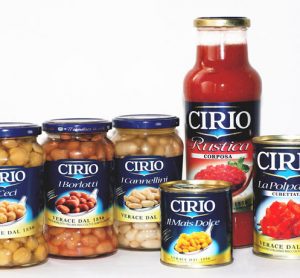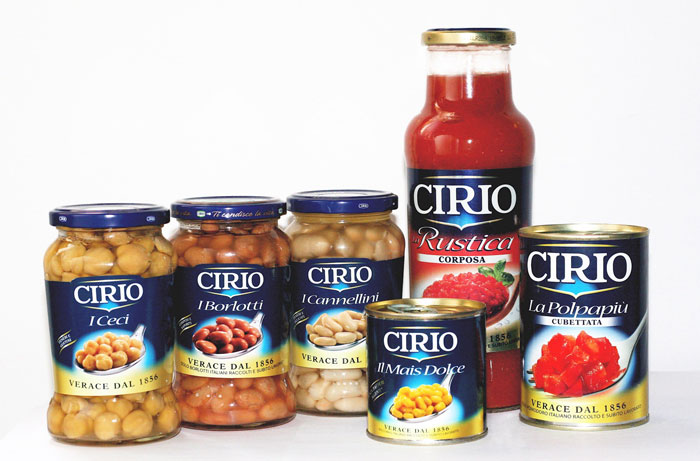Bottling operations
13 May 2011 | By Gareth Godley, Bottling Team Leader, MolsonCoors Brewing Company
As a nation, the way in which we enjoy alcoholic beverages is changing. We drink more at home, when we eat we favour wine and with the current squeeze on disposable income, we are putting more emphasis on low prices in our purchasing decisions. Traditional pubs are closing at an…







